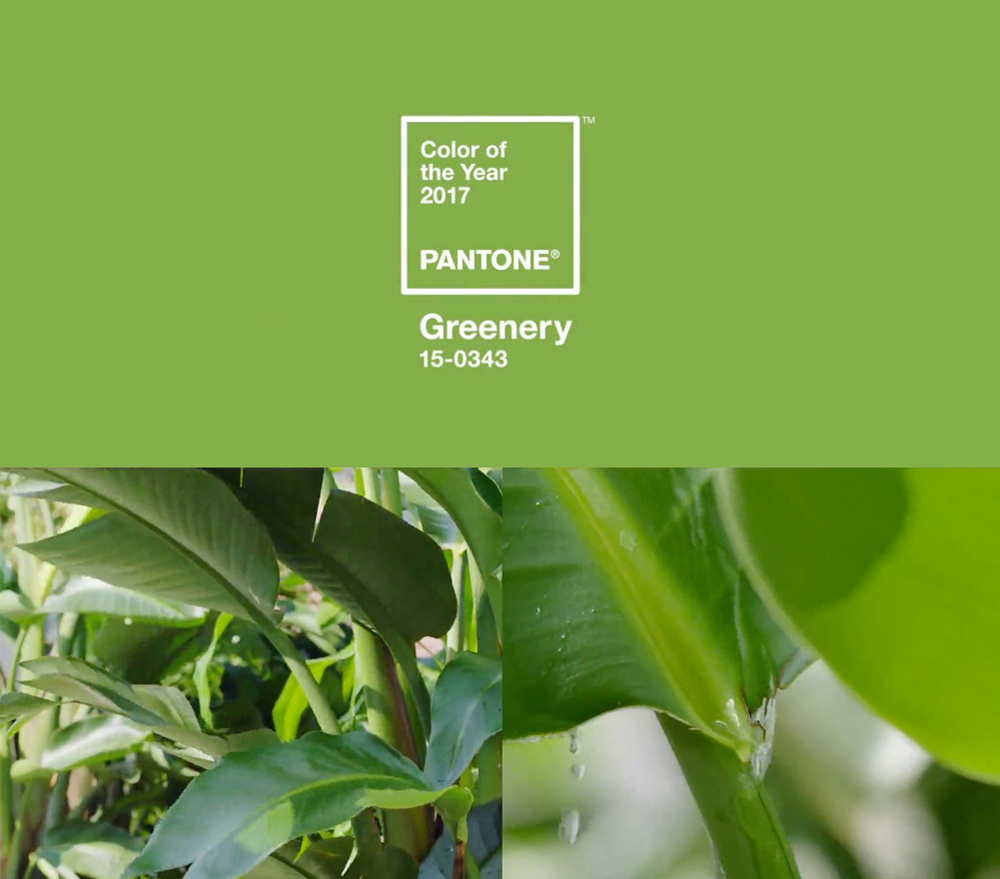Pantone Color of the Year
Pantone has officially announced the color of the year 2017: Greenery 15-0343. The company enchants reality by choosing a green that - as they themselves note - is the color of hope and rebirth, symbolizing connection with nature and harmony of life. If we assume that the color of the year should represent what we lack the most, then they've truly hit the mark. That's somewhat how the words of Leatrice Eisman, the company's executive director, sound: "Greenery bursts forth in 2017 to provide us with the reassurance we yearn for amid a tumultuous social and political environment (…)".

Let's leave political issues aside, however, and look at how the theme of connecting with nature can be used in marketing.
Green is a color often used by brands for which environmental protection and harmony with nature are fundamental and occupy a key place in their operating philosophy - such as Greenpeace - or which emphasize connections with ecology in their operational activities, although ecology is not their primary business, such as Bank Ochrony Środowiska (Environmental Protection Bank).
And where does the green in BP's logo come from?
BP is one of the world's largest energy companies, providing fuel and energy in dozens of countries worldwide. The group's logo is a stylized sunflower, in which the color green is applied in two shades. BP's main color is actually darker and has a cooler shade than this year's Pantone Greenery, but it undoubtedly aims to evoke positive feelings in the viewer, harmoniously connecting the brand with the environment, nature, and ecology. BP emphasizes that the mission of the corporation is “to deliver energy in many forms, in a responsible manner - respecting human rights, safety requirements, and environmental protection”.

The color green has accompanied the brand since the mid-20th century. The BP example shows that by consciously and consistently using a chosen color, you can give a brand desirable image characteristics, even if in the eyes of some consumers they don't always align with actual operational methods, and in the case of culpable ecological disasters (like in the Gulf of Mexico in 2012), they take on a tragic-ironic tone.
